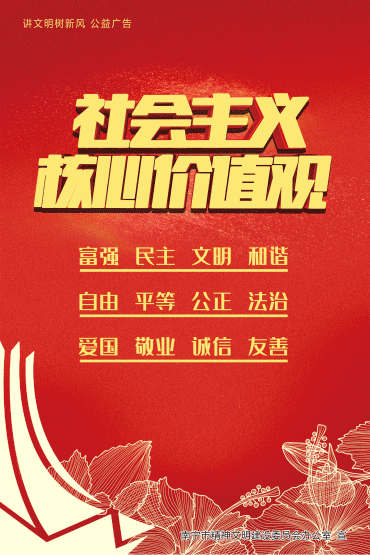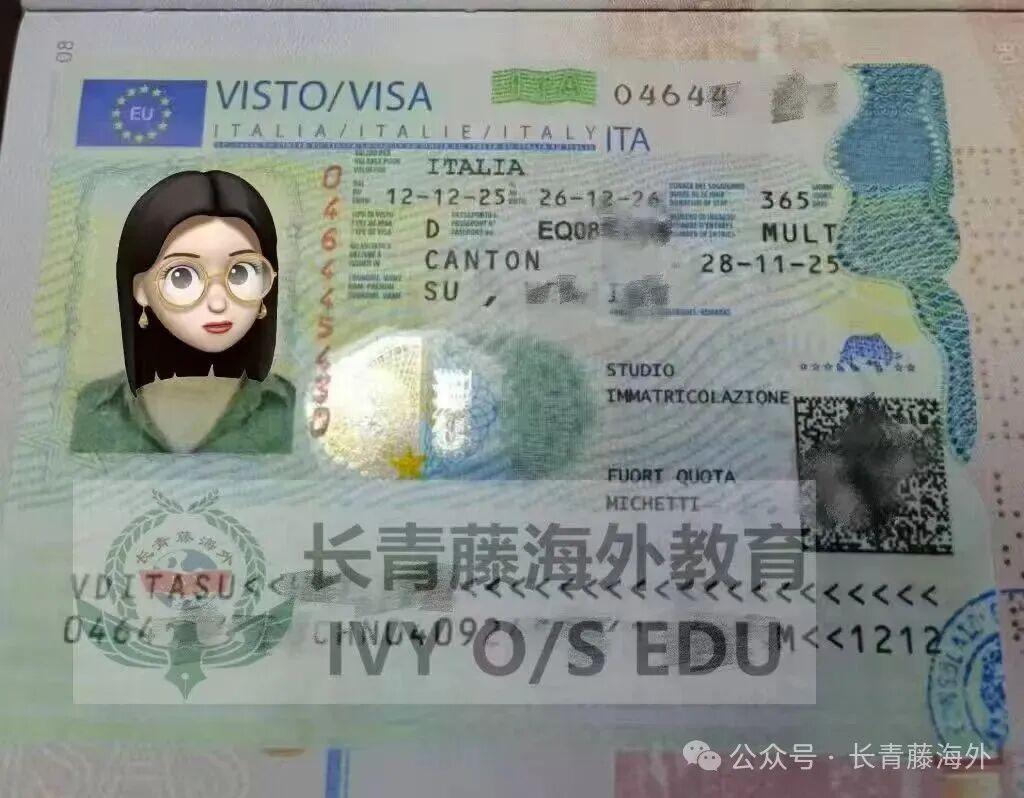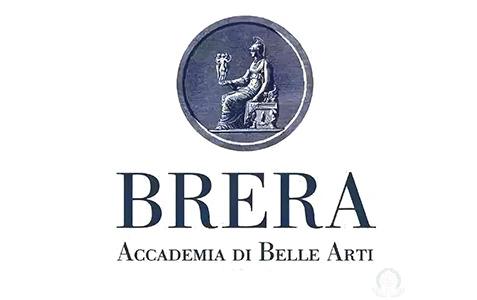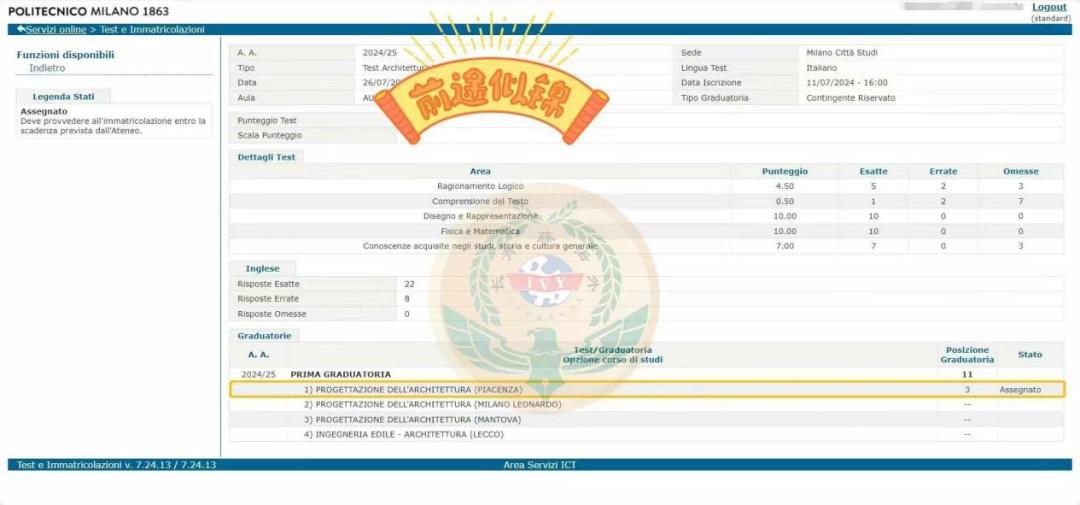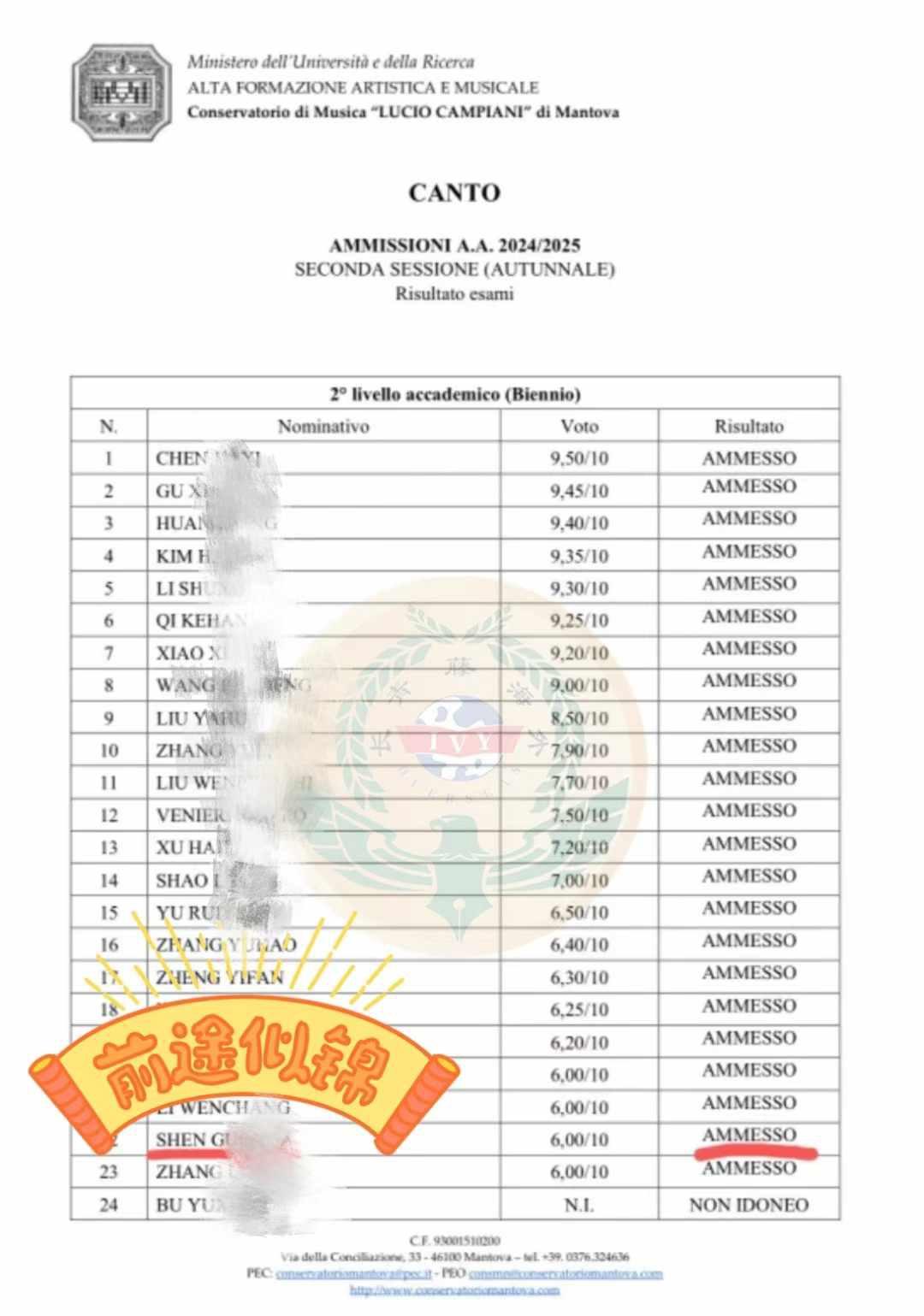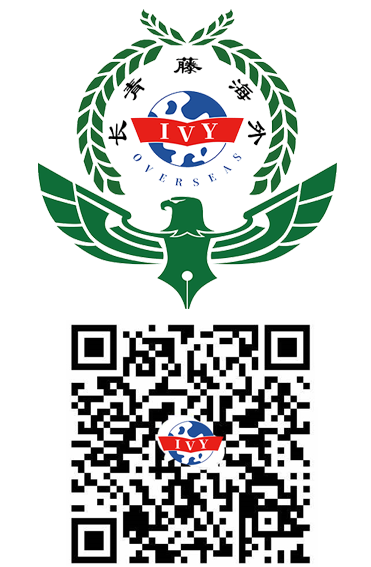让我们学习如何使用意大利语动词esserci,特别是它的形式c ' è和ci sono。C ' è, ci sono:意大利语动词esserci。
C’è 和 ci sono
All’agriturismo c’è un cavallo. 农场里有一匹马。
C’è / ci sono 的意思是 there is / there are.
C’è is followed by the singular, ci sono by the plural or several things. The subject always comes after c’è/ci sono.
C’è 后面跟着单数,ci sono后面跟着复数或几个事物。主语总是在c ' è/ci sono后面。
| + 单数 | C’è un cavallo. | There is a horse. |
| + 复数 | Ci sono dei cavalli. | There are a horse. |
| + 几个事物 | Ci sono un gatto e un cane. | There are a cat and a dog. |
动词esserci
It is the verb essere together with ci, which basically means there. Before è, ci is apostrophized and becomes c’.
它是动词 essere 和 ci 的组合,意思基本上是在那里。在 è 之前,ci被撇号,变成 c’。
C’è / ci sono 因此表示某物在某处,或者通常在那里,或者在被提到的特定地方。
| C’è un cavallo. | There is a horse. |
| All’agriturismo c’è un cavallo. | There is a horse at the farm. |
| A Roma ci sono molti turisti. | There are many tourists in Rome. |
| In frigorifero ci sono delle uova. | There are eggs in the refrigerator. |
C’è / ci sono 也可以用来谈论天气,特别是说天气好/坏,天气晴朗。
| Oggi c’è bel tempo. | Today is beautiful weather. |
| Oggi c’è brutto tempo. | Today is bad weather. |
| Oggi c’è il sole. | It’s sunny today. |
Esercizio 练习
1. C’è, ci sono1. All'agriturismo ci sono molti animali.
2. Ci sono un cavallo e un asino.
3. A Roma ci sono sempre molti turisti.
4. Sul tavolo c'è una bottiglia d'acqua.



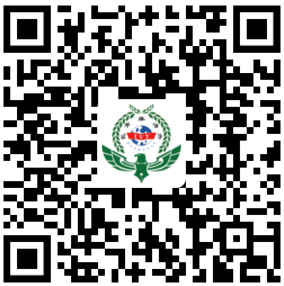


 免费咨询热线
免费咨询热线